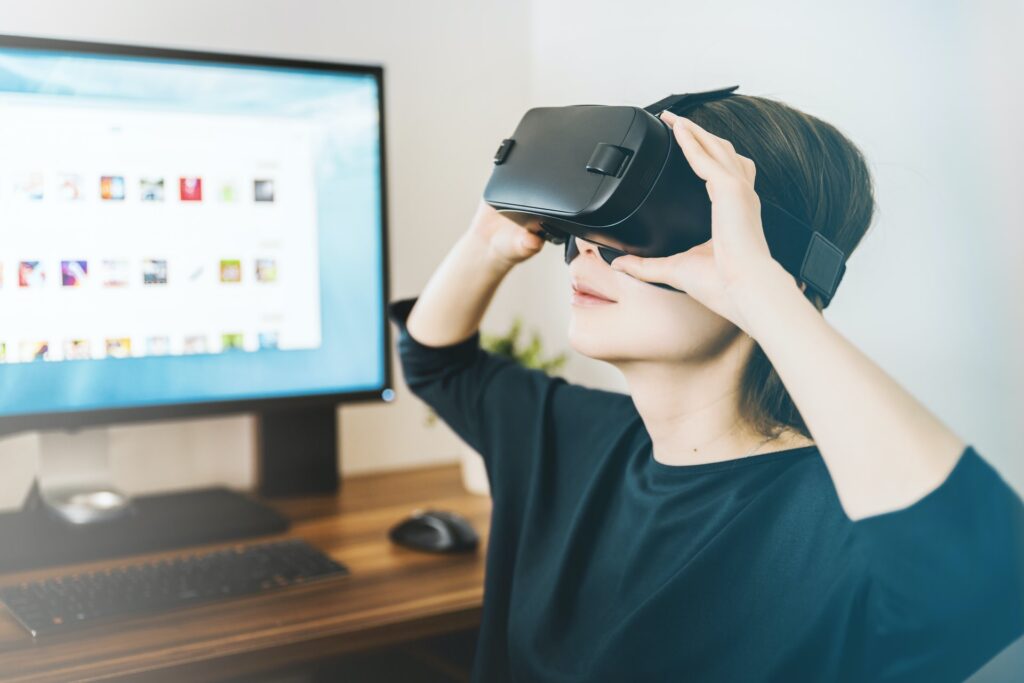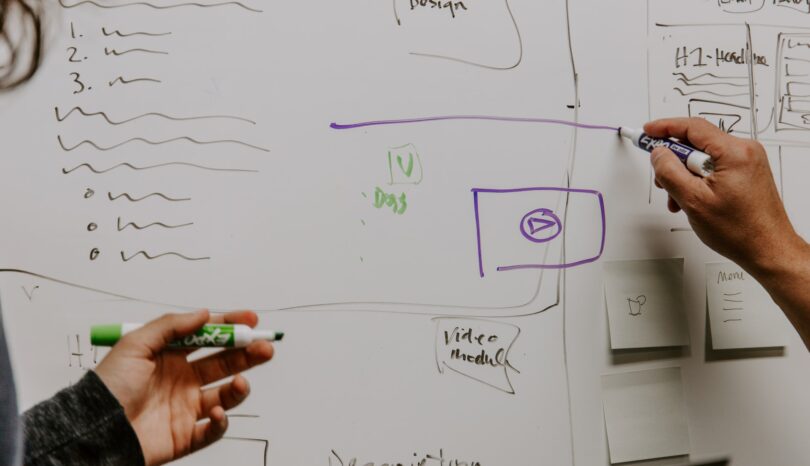How Will Web Design Change in the Future?
The trends in web design are ever-evolving and ever-changing, and it’s often difficult to keep track of them unless you’re a skilled web designer.
However, some changes are more fundamental than others and are here to stay, such as mobile optimization.
The purely aesthetic changes — flat or 3D design, explosive or subdued colors — will come and go, but what other essential changes will web design go through? One thing’s for sure — most of it will have to do with new and emerging technologies.
Artificial Intelligence Will Play a Major Role

Artificial intelligence (AI) is already shaping our lives through its implementation in numerous industries. It’s helping us automate various laborious processes and overall making our lives easier and helping us grow our businesses.
Web design is no exception to this trend. The chatbot technology based on AI is gaining momentum every day, and people are warming up to it. Already, nearly 40% of online shoppers enjoy using chatbot assistants. They allow site visitors to engage with any business instantly and without human interaction.
Chatbots have evolved significantly since their beginnings, and they’ve yet to improve. Their machine learning background allows them to learn from experience and get better at what they do.
Businesses love to have them on websites because they can offer assistance 24/7 and are equally suitable for small businesses and larger companies. They allow for a self-service feature on the website, which visitors love.
A Different Experience for Everyone
The days of the fixed design, which presents itself in the same way to everyone, are nearly gone. We already have increasing personalization options, such as choosing between a light or dark mode or using a reader mode extension.
However, some designers are already making shape-shifting products that adjust to our needs and wants without asking us for our preferences. This is a new era of customization and personalization, which will make web design much more fun and playful.
Nowadays, websites can collect valuable data about their users, such as our interests, demographics, browsing history, etc. Thanks to this kind of data, web design can adjust to our preferences and appear slightly (or a lot) different to two different users. So why settle for a trendy color, layout, or another feature when you can tailor it to individual liking?
Mixing Different Realities

The famous Pokemon GO game had us all chasing imaginary creatures down the familiar streets in real life. This game, as well as other apps, have brought augmented reality (AR) to the average Joe. This technology overlays our sensory experiences of the real world with virtual ones in order to enhance them.
The implications of AR in web design are huge. The technology has the potential to change websites and how we interact with them from the ground up. However, it will require both sophisticated software and hardware, such as various wearables.
Just imagine walking down the street, bumping into a restaurant, and being able to see the day’s menu on your smart glasses.
This technology can change the user interface and how we manipulate it forever. Instead of clicking, tapping, and similar, maybe we’ll be able to blink our way through a website or simply focus our eyes on what interests us.
VUI Is Increasingly Relevant
According to Google, 20% of all searches are now done by voice. Voice commands are becoming increasingly popular because they are practical, save a lot of time, and can be performed on the go.
Many websites are tapping into this interest and starting to implement voice user interface. People love it when they can get results instantly simply by using their voice. That’s why voice interface design is challenging the graphic elements of web design.
What’s more, people are tired of staring at the screen, so getting the desired results without having to engage your eyes, no matter how beautiful the graphic design, is often a life-saver.
It’s hard to tell if the voice interface will surpass the graphic one in popularity, but it will definitely compete with it in the near future.
Inclusive Design
When creating a website design, it’s important to have different people and their needs in mind. Accessibility is a major buzzword in the world of design nowadays, and it refers to the experience of disabled or impaired users with the site.
These people often have problems using a website due to disabilities that impede their vision and hearing, as well as their movement. So the point is to make the site as predictable, simple, and easily navigable as possible.
For example, some of the things designers should be mindful of include color contrast, text line width, simple navigation, and flash animations.
As personalization and user-friendliness are coming to the foreground, accessibility will become a major concern in the world of web design soon.
